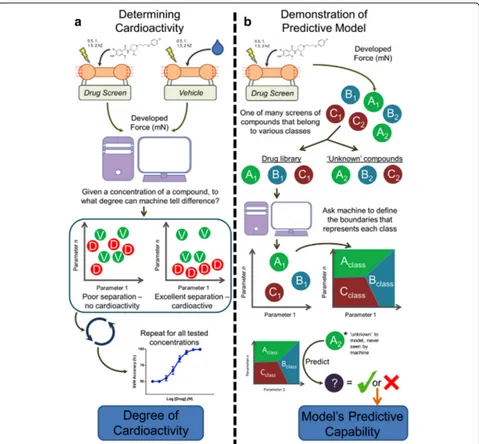Cardiac tissue engineering: state-of-the-art methods and outlook
Full text
Figure




Related documents
Therefore, the purpose of this study is to explore the mediating effects of on psychological safety climate in the relationship between psychological factors and individual
assoc dvi Experiments in Automated Lexicon Building for Text Searching Barry Schiffman and Kathleen R McKeown Department of Computer Science Columbia University New York, NY 10027,
In order to observe the anti-synchronization between SMIB power system and Duffing oscillator, as in the previous section, we have two above- mentioned systems
Aims: To determine the incidence, predisposing factors, microbiological and antimicrobial resistance patterns in UTI pregnant women in a Saudi hospital and
Sabah Siddiqui – Substantial contributions to conception and design, Acquisition of data, Drafting the article, Revising it critically for importance intellectual content,
We argue that an effective transport formulation should honor not only the mean advection, and spreading observed in heterogeneous porous media (HPM), but also the evolu- tion
Fig 1: TLC Bio autography result of extracts from selected plants Ficus religiosa (Peepal), Cynodon dactylon (Doob Grass), Tinospora cordifolia and the sea weeds